The women whom science forgot
- Published
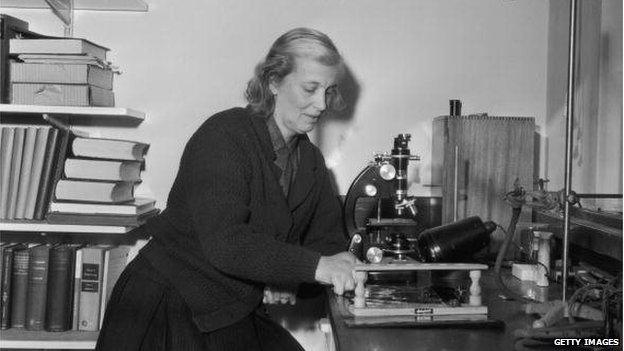
Dorothy Hodgkin: The "Oxford housewife" who won a Nobel Prize
A quick web search for the world's most famous scientists lists, among others, Galileo, Einstein, Newton, Darwin, Stephen Hawking and Alexander Fleming.
One of the few women to receive a mention is Marie Curie, a physicist and chemist who basically discovered radiation and helped apply it in the field of X-rays.
She won two Nobel Prizes, in physics and chemistry. Yet even so, she was turned down for membership of the prestigious French Academie des Sciences in 1911, the very year she went on to win her second Nobel Prize.
The Nobel laureate Sir Tim Hunt was heavily criticised for his disparaging remarks about women in science last week, which for some raised the issue of where women stood in the scientific community.
The larger truth is that women have made big and important discoveries in science - think of Dorothy Hodgkin, the brilliant crystallographer who mapped the structure of penicillin and went on to be awarded a Nobel Prize in 1964, external.
Hodgkin was the first woman to win the prestigious Copley Medal, and she remains the only British woman to have won a Nobel in the sciences. Yet at the time, the newspapers carried headlines such as "Oxford housewife wins Nobel".
But many female scientists in the past were not given the credit they deserved for their achievements. As a result, their names have all but disappeared from public consciousness.
Here are just a few.
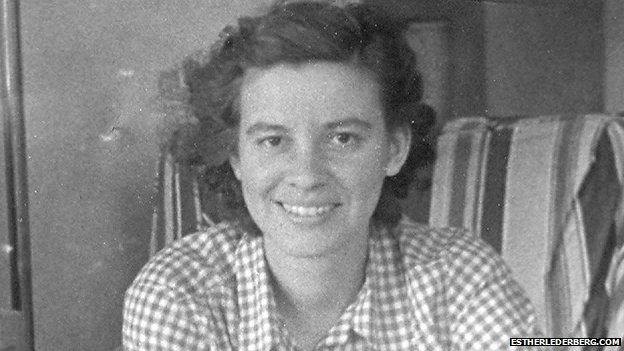
Esther Lederberg was an American microbiologist
Esther Lederberg, a microbiologist, conducted groundbreaking research in the field of genetics.
She developed basic techniques that have gone a long way towards helping scientists understand how genes work.
Her work helped her husband, Joshua, win a Nobel prize in 1958, external, but she was not cited in the award.
The British biophysicist Rosalind Franklin was a pioneering X-ray crystallographer.
Her image of the DNA molecule was critical to deciphering its structure - one of the biggest and most important scientific breakthroughs of the 20th Century - but it was James Watson, Francis Crick and Maurice Wilkins who received the 1962 Nobel Prize in physiology or medicine, external for their work.
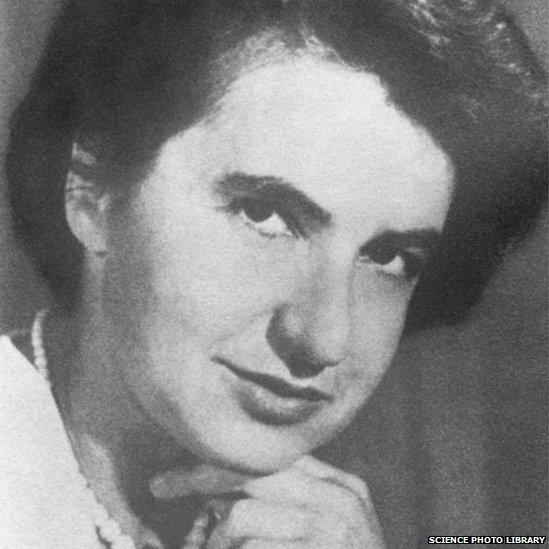
Franklin died in 1958, four years before Watson, Crick and Wilkins received the Nobel prize
Ida Tacke made huge advances in both chemistry and atomic physics.
It was she who managed to find two new elements, rhenium and masurium, that Dmitri Mendeleev had predicted would form part of the periodic table.
She gets credit in the science books for the discovery of rhenium.
But masurium is now known as technetium, the discovery of which is attributed to Carlo Perrier and Emilio Segre.
Tacke's evidence was ignored until Perrier and Segre artificially created the element in a laboratory.
Tacke is also credited with being the first person to open up the idea of nuclear fission.
Lise Meitner's work in nuclear physics led to the discovery of nuclear fission, external - where atomic nuclei split in two.
This laid the groundwork for the atomic bomb.
After moving to Berlin in 1907, Meitner collaborated with chemist Otto Hahn over many decades.
But Hahn published their findings without including Meitner as a co-author., external
And he went on to win the 1944 Nobel Prize in chemistry, external for his contributions to splitting the atom.
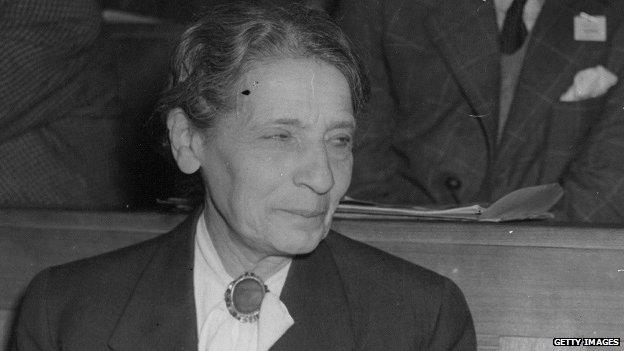
The element meitnerium was named after Austrian Lise Meitner
Chien-Shiung Wu was one of the most important physicists of the 20th Century.
She participated in the development of the atom bomb, as part of the Manhattan Project, external. Yet few know her name today.
In the 1950s, two theoretical physicists, Tsung-Dao Lee and Chen Ning Yang, asked Wu to help disprove what is known in physics as the law of parity. Wu's experiments turned this law on its head.
This landmark moment in physics led to a 1957 Nobel Prize for Yang and Lee, external, but not for Wu, who was left out despite the key role she played.
Another neglected pioneer is the astronomer Henrietta Leavitt, who helped change the way we see the universe.
She began her work by measuring and recording stars at the Harvard Observatory - one of the few jobs in science that was considered suitable for women.
Leavitt spotted a pattern between the brightness of a star and its distance from the Earth.
This led her to uncover what is known as the period-luminosity relationship, external, allowing scientists to calculate how far away a star was from Earth based on its brightness.
The Royal Society - swift in its condemnation of Sir Tim's remarks - was founded in 1660 and has yet to elect a female president.
It represents the scientific establishment in the UK, and its early members included Isaac Newton and Robert Hooke.
Women were not permitted to become fellows until 1945, almost 300 years after its foundation.
Some say that the comments from Sir Tim - a prominent fellow of the society - will damage the efforts it is making to improve diversity.
It has been reported that only 6% of its fellows - a prestigious title in the world of science - are women.
That statistic, some say, sums up the scale of the wider problem of the difficulties faced by women in the scientific world.
- Published15 June 2015

- Published16 June 2015

- Published11 June 2015
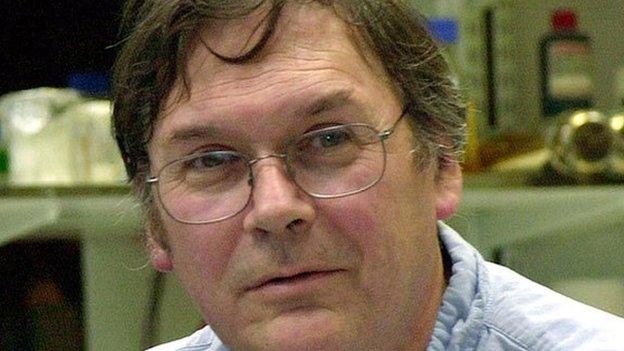
- Published10 June 2015
